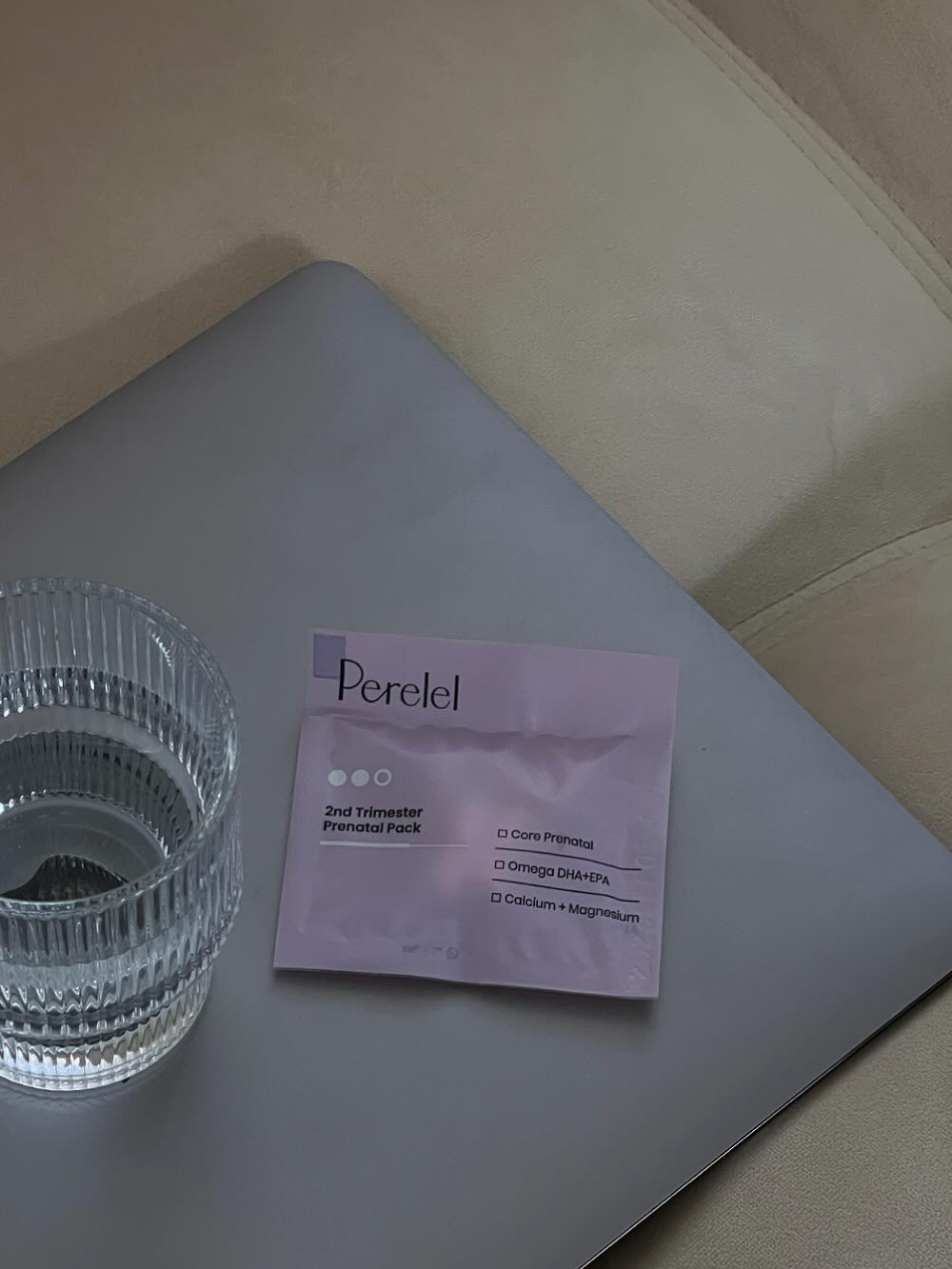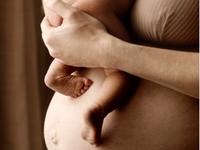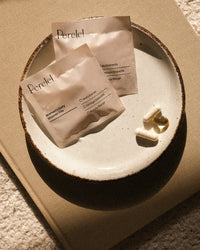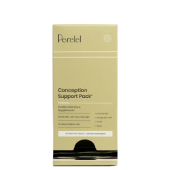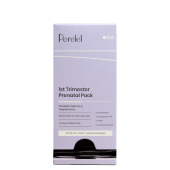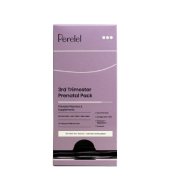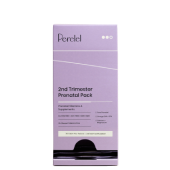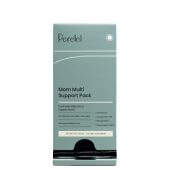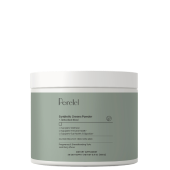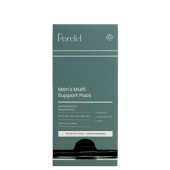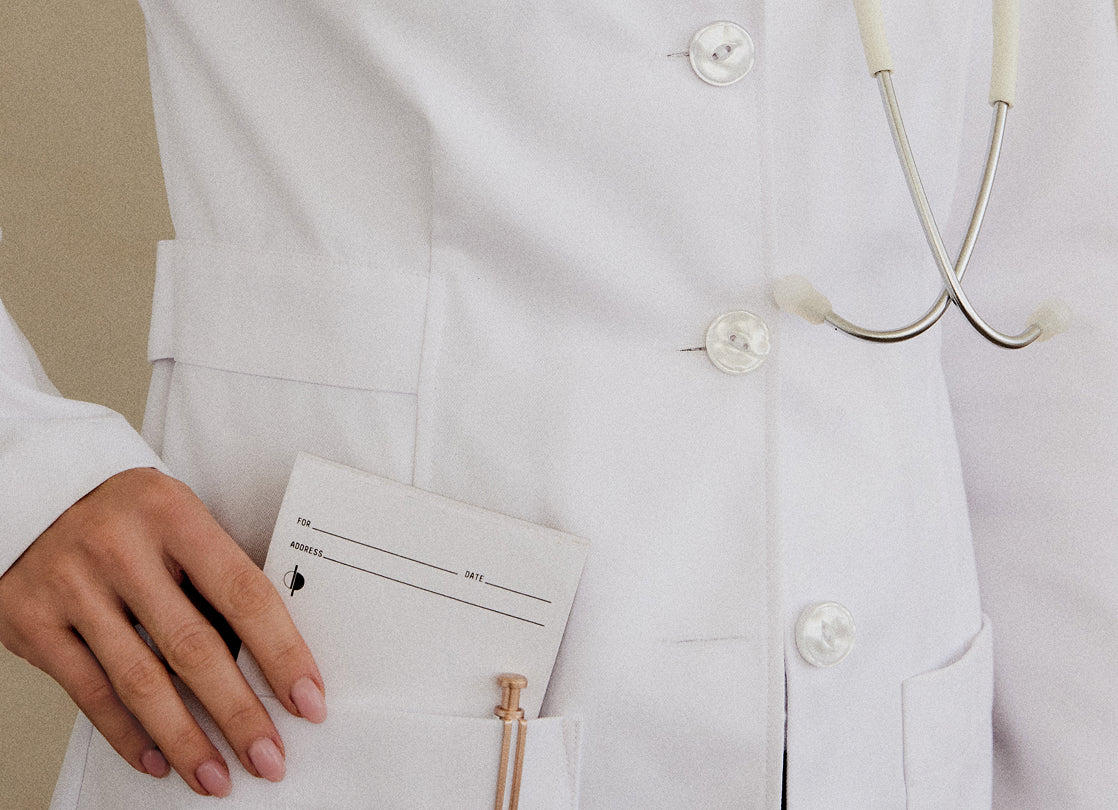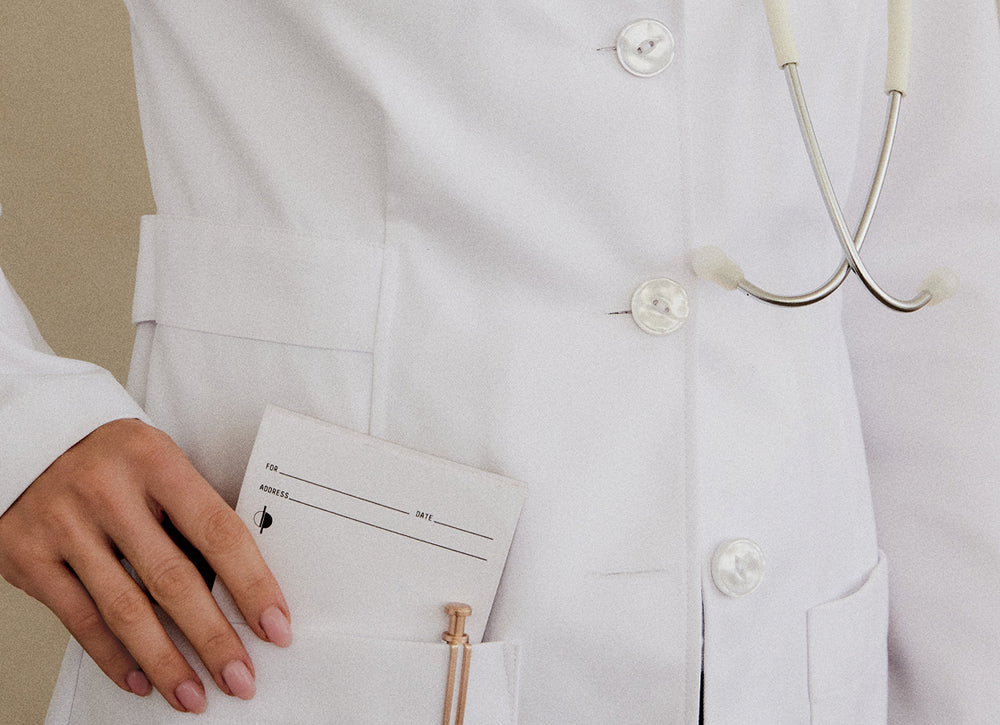16 weeks pregnant means you are four full months into your pregnancy. That puts you square in the second trimester—which means that some of the more challenging symptoms of your first trimester (like the seemingly endless nausea) are likely behind you. And not only are you feeling differently than you were just a few weeks ago, but your baby is also continuing to grow and develop—and there are plenty of new and exciting things happening at this point in your pregnancy.
So what, exactly, can you expect when you’re 16 weeks pregnant? Here’s what you need to know:
How You’re Feeling at 16 Weeks
When it comes to how you’re feeling at 16 weeks, it's “probably better, as almost all cases of first trimester nausea and vomiting resolve,” says Dr. Greg Marchand, OB-GYN and founder of the Marchand Institute for Minimally Invasive Surgery.
In addition to spending less time dealing with GI symptoms, by this point in your pregnancy, you might also feel like you're hitting a stride. “ , women often feel more stable and energetic,” says Dr. Matthew Casavant, board-certified OB-GYN and founder of Florida-based South Lake OB/GYN & Advanced Surgery.
But one of the most exciting things (if not the most exciting thing) you’re likely to feel around the 16-week point? The movements of your baby.
At 16 weeks, “many women will start feeling the first fluttering movements of their baby, often referred to as ‘quickening,’” says Casavant. “While still subtle, these make for an exciting milestone.”
That being said, while you should be feeling notably better by week 16, this part of your pregnancy isn’t without symptoms.
According to Dr. Matthew Casavant, board-certified OB-GYN and founder of Florida-based South Lake OB/GYN & Advanced Surgery, some of the common symptoms you may experience during week 16 include:
- Nasal congestion
- Mild swelling
- Increased appetite
Additional symptoms may include:
- Swollen and/or bleeding gums
- Nosebleeds
- Headaches
- Bloating
- Weight gain
- Pain (particularly around the sides of your belly)
- Indigestion and heartburn
You could also find yourself dealing with pain in your back. “Some women may experience backaches as their center of gravity shifts,” says Casavant.
What’s New With Your Baby
Now that you know what’s happening with you at week 16, let’s jump into what’s happening with your baby.
At 16 weeks, “the baby is continuing to grow,” says Marchand. “The baby is about 4.5 inches long and weighs around 3.5 ounces,” says Casavant—which is right around the size of avocado.
This is right around the point in your baby’s growth that you’re likely to “pop”—and start looking more visibly pregnant that earlier weeks.
“Women might start to notice a small baby bump as the uterus grows and rises above the pelvic bone,” says Casavant.
And not only is your baby continuing to grow, but there are also other developments that are happening right around now—including developing the ability to make facial expressions (your baby may be smiling!).
“The baby’s facial muscles are developing, and they can make various expressions,” says Casavant.
Your Week 16 To-Do List
Want to make sure you’re doing everything you can for you—and your baby—to stay healthy through week 16? Here are some things to keep in mind.
1. Continue getting the right nutrients
Just like week 15, week 16 is all about getting the right nutrients for you and your baby—and a big part of that is your diet.
“Continue focusing on iron, calcium, and folic acid,” says Casavant. To get these nutrients, make sure you’re getting plenty of veggies—like leafy greens and broccoli.
You’ll also want to get plenty of protein.
“Protein is also important for the baby's growth, so include sources like eggs, beans, and nuts,” says Casavant.
2. Take your prenatals
Your diet is a great way to get plenty of nutrients to support you and your growing baby. But most diets have nutritional gaps, including in pregnancy—which is why prenatal vitamins are so important.
“Consider prenatal vitamins if not already taking them,” says Casavant.
To ensure you’re getting the right dose of nutrients during week 16, try Perelel’s 2nd Trimester Prenatal Pack. This vitamin pack was designed by a team of leading OB-GYNs to deliver the optimal nutrition you need during your second trimester of your pregnancy (including during week 16!), including a prenatal vitamin, calcium, magnesium, and DHA + EPA (omega-3 fatty acids). Perelel’s 2nd Trimester Prenatal Pack:
- Support’s baby’s skeletal development
- Eases muscle cramps and supports relaxation
- Supports brain development
- Builds strong teeth and bones
- Provides optimal nutrition
If you’re not already taking prenatals, week 16 is a great time to start—so make sure to incorporate the 2nd Trimester Prenatal Pack into your daily wellness routine.
3. Continue moving
At week 16, it’s important to “keep up with regular exercise,” says Casavant.
Exercising during pregnancy offers a host of benefits that can help you better manage pregnancy symptoms during week 16 (and beyond!), including:
- Easing constipation
- Promoting healthy weight gain
- Improving fitness and endurance
- Reducing back pain
If you’re not already in a regular workout routine, experiment with different exercises to find what feels both supportive and do-able during this stage of your pregnancy. But don’t push yourself too hard! For example, you might unwind with a prenatal yoga class or kick your morning off with a long walk around your neighborhood.
4. Start planning ahead
At 16 weeks, your baby’s birth can feel a long way away. But the truth is, your little one will be here before you know it—which is why this week is a great time to start planning ahead.
“This is a good time to start thinking about prenatal classes and birth plans,” says Casavant.
Talk to your doctor or medical provider to ask if they have any recommendations for classes that will help prepare you for the birth. You can also let them know your ideal birth plan—and talk about contingencies in case that birth plan isn’t possible. (For example, you may prefer a natural birth, but if there’s a situation where the baby is compromised, you may need to have an emergency C-section).
Understanding not only what you want to happen during the birth, but everything that could happen can help ease pre-birth anxiety—and ensure that you’re prepared when the big day comes, no matter how things unfold.
Next up: Nourishing foods to eat during the second trimester, and how to manage pregnancy mood swings and changing hormones.
References:
- NHS. Week 16.
- The American College of Obstetricians and Gynecologists. Exercise During Pregnancy.
This article is for informational purposes only. It is not, nor is it intended to be, a substitute for professional medical advice, diagnosis, or treatment and we recommend that you always consult with your healthcare provider. To the extent that this article features the advice of physicians or medical practitioners, the views expressed are the views of the cited expert and do not necessarily represent the views of Perelel.


